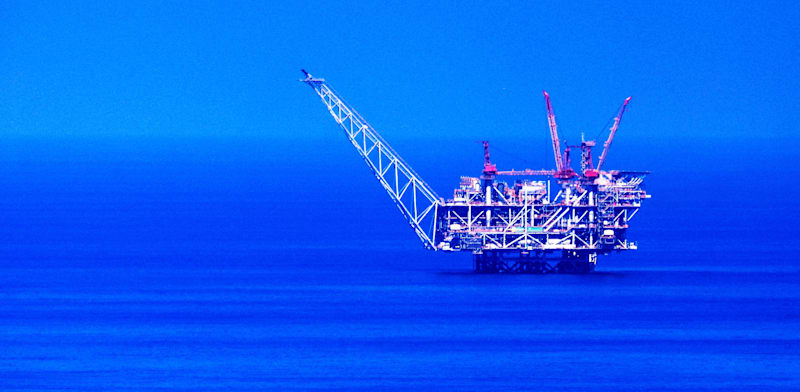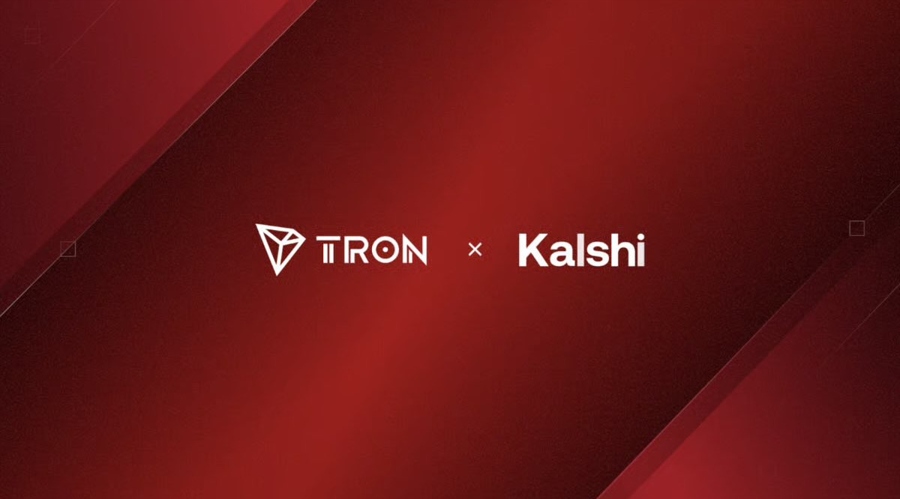The notes are likely to be priced around 10%-12%, depending on the structure and guarantee package. Citibank is expected to arrange the deal, said the people cited above.
The latest fundraising comes after Vedanta raised ₹5,000 crore earlier this year at coupon rates ranging from 8.9% to 9.45% across tenors, largely subscribed by mutual funds such as ICICI Prudential and Aditya Birla Sun Life.
Vedanta’s ESL Steel is set to raise ₹2,000 crore via non-convertible debentures. This fundraising follows a previous ₹5,000 crore raise earlier this year. Vedanta’s leverage remains a focus due to dividend outflows to its parent, Vedanta Resources. The company’s net leverage has seen a reduction. Vedanta Resources has also reduced its debt significantly.
Mumbai-listed Vedanta’s leverage has remained high given the dividend outflows to its London-based unlisted parent, Vedanta Resources (VRL). The UK holding company relies heavily on these payouts for servicing annual interest obligations of ₹5,000–5,300 crore.
Vedanta has carried high debt for years, largely because VRL has heavy borrowings of its own. Vedanta has maintained steady dividend payouts to VRL that the latter used to service its interest commitments.As a result, Vedanta’s net leverage remained elevated at 3.2 times as of March 2024, only marginally lower than 3.4 times the previous year, according to a recent Crisil report.
However, with the improvement in earnings along with the reduction in debt with net debt reducing to ₹1.11 lakh crore in fiscal 2025, including VRL debt of ₹42,000 crore, consolidated net leverage has reduced to 2.55 times in fiscal 2025 from 3.2 times in fiscal 2024, the ratings agency had said.VRL’s debt has fallen sharply from $9.2 billion in March 2022 to about $4.9 billion as of March 2025, driven by large dividends from Vedanta and stake sales. A liability management exercise in early 2024 and timely refinancing of about $3.1 billion of bonds helped extend maturities and reduce borrowing costs. VRL now faces principal repayments of $900–950 million in FY26 and $300–720 million annually over FY27–28, with yearly interest costs of $550–575 million.

























